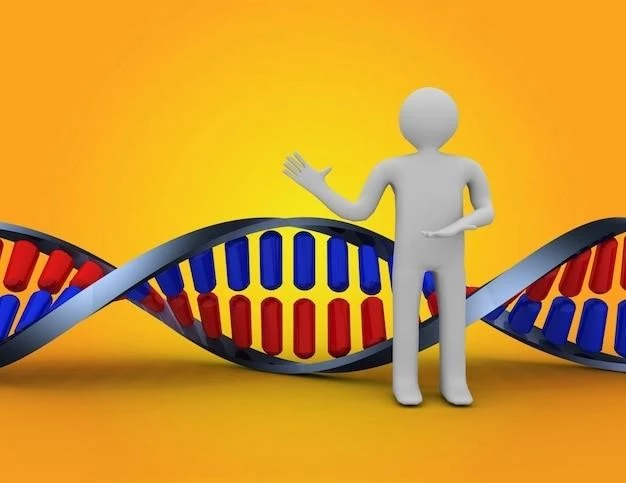Symptoms of Powell–Venencie–Gordon Syndrome
Abnormal Gait
Spasticity
Muscle Disease
Thickened Skin on Palms
Thickened Skin on Soles
Leg Weakness
Arm Weakness
Abnormal Gait
Abnormal gait is one of the key symptoms of Powell-Venencie-Gordon Syndrome; Patients may exhibit an unsteady or irregular way of walking‚ which can impact their mobility and balance. This symptom is often accompanied by other neurological manifestations‚ such as muscle weakness and spasticity. It is essential to consult a healthcare professional for a comprehensive evaluation and treatment plan to address the abnormal gait associated with this syndrome.
Spasticity
Spasticity‚ a common symptom of Powell-Venencie-Gordon Syndrome‚ refers to increased muscle tone leading to stiff and rigid muscles. It can affect mobility‚ muscle coordination‚ and posture. Individuals with this syndrome may experience muscle spasms and tightness‚ impacting daily activities. Management strategies include physical therapy‚ medications‚ and assistive devices to improve quality of life and mobility.
Muscle Disease
Powell-Venencie-Gordon Syndrome can manifest as muscle disease‚ leading to weakness‚ atrophy‚ and impaired muscle function. Individuals may experience difficulties with movement and muscle coordination due to the progressive nature of the muscle involvement in this rare genetic disorder. Management strategies focus on addressing the underlying cause and providing supportive care to improve muscle function and quality of life.
Thickened Skin on Palms
In Powell-Venencie-Gordon Syndrome‚ individuals may present with thickened skin on their palms‚ a common dermatological manifestation of this genetic disorder. The thickening of the skin on the palms (palmoplantar keratoderma) can be focal and may affect daily activities. Consultation with a dermatologist can help manage this symptom and provide relief through appropriate skincare measures.
Thickened Skin on Soles
Powell-Venencie-Gordon Syndrome may present with thickened skin on the soles‚ known as palmoplantar keratoderma. This condition is characterized by focal areas of thickened and hardened skin on the soles of the feet‚ which can cause discomfort and affect mobility. Proper foot care and consultation with a healthcare provider can help manage this symptom effectively.
Leg Weakness
Leg weakness is a common symptom associated with Powell-Venencie-Gordon Syndrome. It can lead to difficulties in standing‚ walking‚ or performing daily activities that require lower limb strength. Individuals may experience muscle fatigue‚ cramping‚ or instability in their legs‚ impacting their mobility and quality of life. Consultation with a healthcare provider is essential to address and manage leg weakness effectively.
Arm Weakness
Arm weakness is a significant symptom observed in Powell-Venencie-Gordon Syndrome. It can result in reduced strength‚ coordination‚ and range of motion in the arms‚ affecting daily tasks that involve manual dexterity and upper limb function. Patients may struggle with lifting objects‚ performing fine motor skills‚ or maintaining stability in the arms. Management typically involves tailored interventions to improve arm strength and functionality.
Genetic Basis of Powell-Venencie-Gordon Syndrome
The genetic basis of Powell-Venencie-Gordon Syndrome involves rare genetic punctate palmoplantar keratoderma disease‚ characterized by focal areas of thickened skin on the palms and soles and progressive spastic paralysis predominantly affecting the lower limbs. This rare genetic disorder may result from harmful genetic changes known as pathogenic variants‚ impacting various orthopedic functions and manifesting as multiple malformations. Further studies aim to understand the underlying genetic mutations and their implications in the pathogenesis of this syndrome.

Diagnosis and Genetic Changes
Diagnosis of Powell-Venencie-Gordon Syndrome involves recognizing the characteristic symptoms such as abnormal gait‚ spasticity‚ muscle disease‚ and thickened skin on palms and soles. Genetic testing can identify specific genetic changes‚ including pathogenic variants‚ associated with this rare genetic disorder. Understanding the genetic basis of the syndrome is crucial for accurate diagnosis and personalized treatment plans tailored to manage the genetic components contributing to the disease.

Treatment and Management
Treatment and management of Powell-Venencie-Gordon Syndrome focus on addressing the specific symptoms associated with the condition. This may involve a multidisciplinary approach‚ including physical therapy to improve mobility‚ medications to manage spasticity‚ dermatological interventions for skin manifestations‚ and genetic counseling for understanding the inheritance pattern and implications. Regular monitoring and individualized care plans are essential to optimize the quality of life for individuals with this rare genetic disorder.
Research and Studies
Research and studies on Powell-Venencie-Gordon Syndrome have focused on understanding the genetic underpinnings‚ phenotypic variations‚ and potential treatment approaches for this rare genetic disorder. Investigations into the specific genetic changes‚ pathways involved‚ and associated clinical manifestations are ongoing to enhance diagnostic accuracy‚ develop targeted therapies‚ and improve patient outcomes. Collaborative research efforts aim to advance knowledge and management strategies for individuals affected by this syndrome.
Prognosis and Complications
Prognosis for individuals with Powell-Venencie-Gordon Syndrome varies based on the severity of symptoms and the management approach. Complications may arise from the progressive nature of the disease‚ leading to challenges in mobility‚ muscle function‚ and skin health. Regular monitoring and holistic care can help mitigate potential complications and improve the overall prognosis for individuals affected by this rare genetic disorder.
